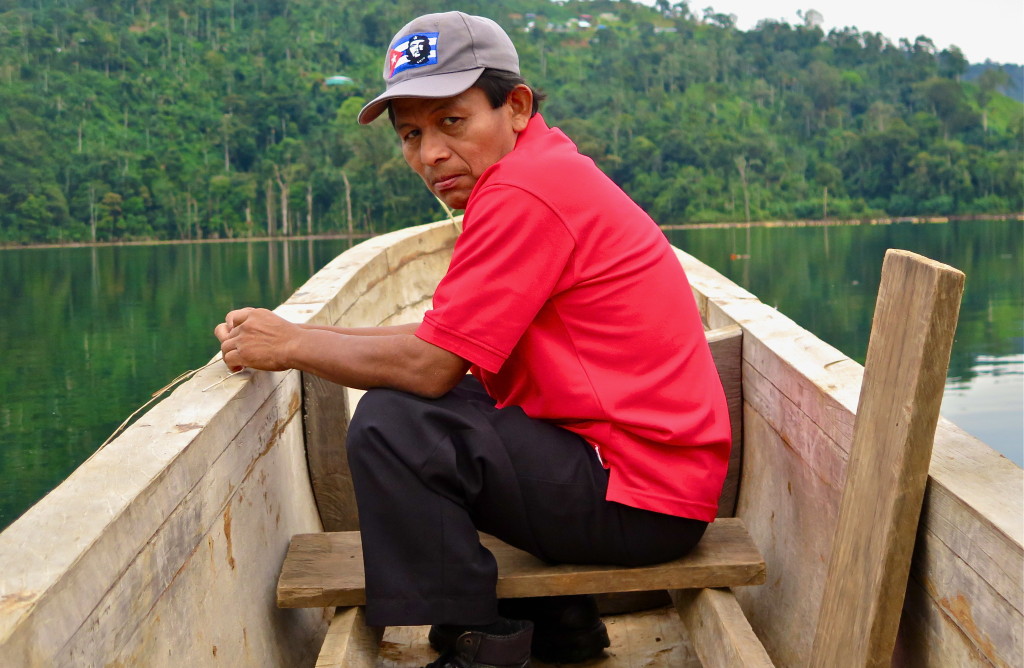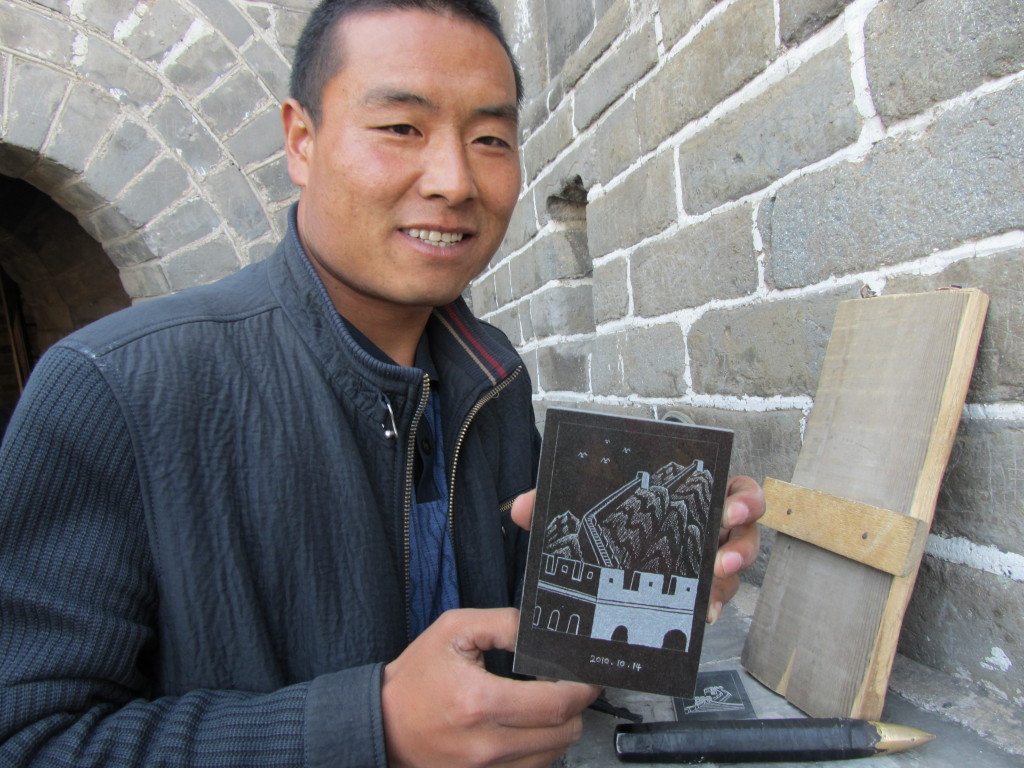
BENZONIA, MI — The role of a journalist isn’t hard to understand. We’re translators. We sort through the myriad details of complex subjects and choose the most salient to build a narrative that’s simpler for readers to understand. There couldn’t be a more important era to deploy that skill than now — the dismaying, dangerous, fabulous, primal decades of the 21st century.
We’re now 15 years into the 21st century. Underlying so much of the economic and ecological turmoil unfolding before us is a slow collision between the operating practices of the resource-wasting, vertically-managed 20th century and the much more crowded, polluted, and dangerous ecological and economic conditions of the 21st century.
The old order, in short, is coming apart. Think of it as a big building resting on a slippery, unstable foundation of mud.
2oth vs. 21st Century
The 20th century economic construct was about consuming wasteful amounts of water, energy, soil, and land to build big centralized projects — big power plants, big oilfields and mines, big transmission systems, big highway networks, big farms, big suburbs, big houses, big malls. Managing enterprises of such scale called for spending enormous sums of money on supplies — energy, water, food — and on equipment — trucks, cars, factories, water pipes, power lines, air conditioners. Keeping order required hierarchical, vertically integrated, massive institutions –governments, banks, industrial corporations, universities.
The enterprise worked for a short time in the developed West — about the last half of the 20th century — because it fit market conditions. Energy and water were plentiful and cheap. Land was available and comparatively inexpensive for farms and for suburbs. Populations were smaller and more stable. Government treasuries were growing and so were working class salaries.
In the United States, ample government, business, and personal wealth built the roads, water systems, transmission networks, and supply lines that kept the enterprise running. In Michigan, where I live, factory workers owned boats, cottages along the shores of cold northern lakes, sent their children to college, and retired on generous pensions.
How quickly all of that melted away to produce the disruptive, confusing, and dangerous years of frustration here in the United States and across much of the world. Energy got expensive. World population soared. Land became dear. Industrial competitiveness shifted from North America and Europe to Asia. Pollution levels soared. Droughts and floods and earthquakes caused billions of dollars in damage. The energy-consuming, water-wasting, and inordinately expensive “get big or get out” 20th century formula for economic success is dying on the hot sands of ecological and economic distress.

Examples of the consequences are everywhere. There’s no mistaking, for instance, the planet’s new capacity to drown cities with hurricanes — think New Orleans and New York — or wreck the Japanese nuclear sector with a tsunami. Fierce civic campaigns have erupted on six continents to stop new 20th century style mega-energy projects and shut down existing installations. Campesinos in Peru shut down big new gold mines in the northern Andes. Rural villagers in northwest India shut down construction of a 2,000-megawatt hydropower dam on the Subansiri River.
Risk and Direction in Conflict
National governments are having a hard time dealing with all this. In India, the determined pursuit of 20th century development goals has ravaged the land, and turned almost every river black with filth. China doesn’t have enough water to do all that its industrial developers envision, and its air is so dirty children are developing lung cancer. In the United States, public reluctance to spend the trillions of dollars that it will take to update the road, water, and electrical transmission networks that formed the foundations of the American way of life in the 20th century have translated into the “no new taxes” pledge that dominates suburban and rural elections.
It’s not hopeless. As people start to comprehend this time of depleted resources, growing populations, and climate disruptions, the new conditions are yielding different rules of conduct. Think of cities and nations as robust gardens now being fed better nutrients, especially the fertilizer of human recognition and intelligence.
Fifteen years into the 21st century, the outlines of a different way of life are coming into clearer focus. The garden, in effect, is just starting to grow in new ways. For one, water-energy-land conservation, not profligate resource consumption, is rising to the top of the human priority list on every continent. Solar and wind energy are close to dominating electrical generation in northern Europe. Mongolia’s democracy hinges on a remarkably progressive suite of environmental statutes for preventing pollution and conserving water. In California treated wastewater from sewage plants, not long ago shipped to the sea, is now used as a new source of fresh water for farming and drinking.
A second big trend is the move to decentralize economic management, power supply, food production and communications. The rise in the amount of locally produced fresh food in American and European markets is an example of the trend. Facebook announced that 1 billion people used its platform in a single day this week.
Adding to the Story
Since 2008, as a correspondent and editor reporting around the world for Circle of Blue in Traverse City, my colleagues and I embraced global trends in water supply and use as the central themes for helping to explain the new order coming to the world stage. That story unfolded in three parts, and we’re now adding a fourth.

First was reporting from Australia, China, and across the United States to understand the economic and ecological choke points that caused rising energy demand and diminishing freshwater supplies.
Second was understanding the farm sector’s demand for water and the risks to global grain supplies.
Third, we reported from the Himalayas, Texas, California, Ohio, and Brazil about the turn in the Earth’s temperament. More people, more communities, more industrial projects are in the path of more powerful floods, droughts, storms, tsunamis, heat waves, cold snaps, earthquakes, wildfires, and plagues.
Every corner of the planet is affected. It’s not just ebola escaping the jungles of West Africa, or poison algae that last year shut down Great Lakes drinking water systems. This week the United States considers the 10th anniversary of Hurricane Katrina. Well, since Katrina’s storm surge drowned New Orleans another hurricane drowned New York. Wildfire tore through mountain neighborhoods in Colorado Springs. Tornadoes killed a record number of Great Plains citizens. Droughts in Texas and California idled power plants and cropland. Snowstorms regularly crippled the air traffic control network. And an avalanche of mud tore through a town in Washington state.
Fourth Chapter: What’s Working
Which draws us to the fourth chapter in our story: The slowly evolving work in select regions around the world to recognize the risks and respond. You won’t find any of this work in the leadership of the U.S. House or U.S. Senate. But you will find it emerging in a small group of national governments — Germany, Denmark, Costa Rica — and in many, many more municipal and regional governing institutions.
More so than any state in the United States, and nearly any region of the world, the people in charge of California have shown a capacity to recognize and reckon with deep drought, high heat, sea level rise, and several more of the high risk ecological realities of the 21st century. The result is a state that has set out on a very new path for building its economy and sustaining quality of life on a foundation of legal requirements fit for the time—drastically reducing climate emissions, increasing energy efficiency, requiring net zero energy use in new buildings, conserving water, and electrifying transportation.

Another really interesting example of a place pursuing a new path is Nord-Pas de Calais in northern France. One of the first regions in Europe to industrialize in the 19th century, Nord-Pas de Calais by the late 20th century was an economically and ecologically distressed area of spent coal mines, mountains of slag, and slipping villages full of elderly residents. Municipal governments, supported by business and citizen organizations, are now pursuing a new development plan designed by Jeremy Rifkin, an American economist and author of “The Third Industrial Revolution,” to become a high-tech center of manufacturing innovation, renewable energy production, and water and energy efficiency. Billions of francs are pouring into the effort, which will be showcased during the United Nations climate change conference in Paris in December.
As a journalist reporting from around the world since 2008, I’ve helped to outline the relationships between converging trends around access to energy, water, and food. Much of that work focuses on the myriad perils of a world growing warmer, dryer, and more crowded.
Now the moment to pivot to a new chapter in the story has arrived. It’s essential that my colleagues and I help the world identify the places, and report on the environmentally-sensitive practices, that are making economies more secure and human life safer. — Keith Schneider



Well done! This is so important. I shared it with everyone. Be well, my friend,
Margaret
This is a marvelously written, very timely and important article. Kudos to Keith Schneider and his colleges at Circle of Blue!